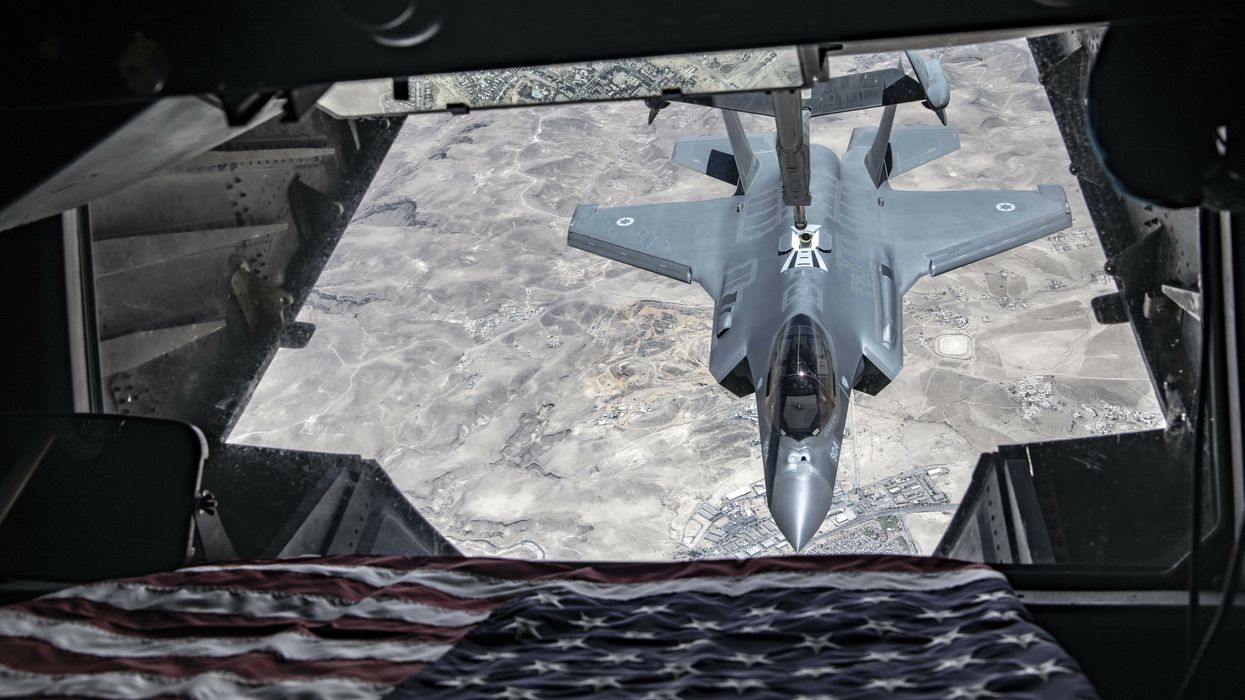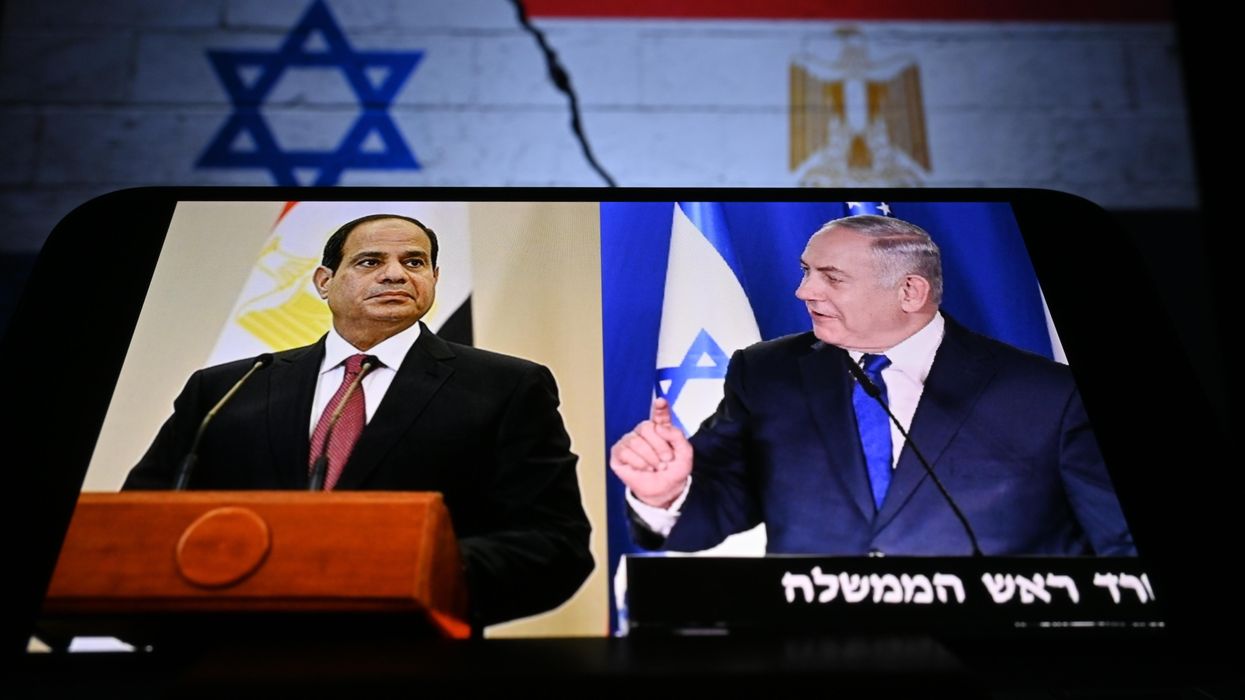As the calendar ticks closer to May 1, the decision about what to do with the remaining 2,500 U.S. troops in Afghanistan becomes more urgent for the Biden administration. President Joe Biden, the principal skeptic of the Obama administration’s 2010-2011 Afghanistan troop surge, is now at a fork in the road. Does he keep to the withdrawal schedule as stated in the February 2020 U.S.-Taliban agreement, or does he accept the counsel of the U.S. national security establishment and extend the U.S. troop presence past the spring?
The Afghan government is certainly hoping for the latter — and senior Afghan officials are pulling out all the stops to pressure the Biden administration into seeing the situation their way.
Speaking to the Aspen Institute on January 29, President Ashraf Ghani laid out his expectations for the United Sates and applauded the Biden administration for issuing strongly-worded statements against the Taliban for its continued violence. Combined with murmurs from NATO sources that foreign troops will remain on the ground past May 1 and significant skepticism in the Pentagon that the Taliban is living up to its commitments under the deal, President Biden is in many ways facing what his former boss, President Obama, faced over a decade ago: huge resistance to the United States cutting its losses in the war-torn country.
The fundamental question Biden and his national security team need to ask themselves is this: would extending the U.S. troop presence in Afghanistan help facilitate the intra-Afghan peace negotiations, make any dent in the balance of power, or most importantly do anything at all to bolster U.S. national security? The answer to all three questions is “no.”
Indeed, keeping U.S. troops past the May 1 withdrawal date is highly likely to make Afghanistan’s entire situation worse as the Taliban pulls out of the talks altogether and turns its guns back on American forces.
For the United States, the agreement with the Taliban signed in Doha last February was less about establishing peace in Afghanistan than it was about safely extricating U.S. forces from a two decade-long war. While many analysts and lawmakers in Washington, D.C. were aghast at the terms of the agreement, the stone-cold reality is that the U.S. military is responsible for protecting the American people — not for transforming Afghanistan into a land of peace and opportunity or convincing two warring sides completely distrustful of the other’s intentions to negotiate a diplomatic end to a 20-year civil war.
Some remain convinced that tying a final U.S. military withdrawal from Afghanistan to the intra-Afghan peace talks is good policy. Pull U.S. forces from the country before peace is achieved, they argue, and Afghanistan may be in a perpetual state of war for another two to three decades.
These same analysts, however, are either unwilling or unable to explain how stringing U.S. troops along for another few years will actually facilitate the intra-Afghan peace process they claim to care about. Negotiations between the Afghan government and the Taliban are not exactly productive even with U.S. forces on Afghan soil. It took a total of seven months of bickering and multiple delays in prisoner exchanges before the two sides even opened talks to begin with.
Discussions about what items will be on the agenda have continued since December. According to the U.S. Special Inspector General for Afghanistan Reconstruction, “peace talks…have so far yielded few substantive results.” Violence remains high, with targeted assassinations rattling Kabul and pitched battles in the countryside a sad part of everyday life. All of this is occurring despite the fact that U.S. troops remain in the country.
Given this reality, how would extending their stay in Afghanistan — even for six months as some have recommended — have any positive impact on the talks? How long is Washington supposed to wait? And given the Taliban’s military position on the ground relative to the Afghan national security forces, why would Taliban leadership contemplate a U.S. troop presence past May when it is so clearly against their own interests? Taking recent high-level Taliban statements into account, the answer is quite clear: they wouldn’t.
The bottom-line is obvious for anyone with the good sense to see it: Afghanistan’s civil war will not be determined by how many U.S. troops are on Afghan soil at any given time or on whether Washington withdraws fully by May 1. The outcome will ultimately be determined by the Afghans themselves, who are responsible for the state of affairs in their own country. Allowing the intra-Afghan talks to dictate how quickly U.S. troops come home is an excuse for staying enmeshed in a bloody civil war the U.S. should have pulled the plug on years ago.
The United States has been fighting in Afghanistan for such a long period of time that some have lost sight of why Washington intervened in the first place: to eradicate al-Qaida and punish the Taliban for sheltering the terrorist group. This strictly narrow counterterrorism mission strayed from its original purpose the moment U.S. policymakers committed themselves to building, nurturing, financing, and protecting an Afghan political elite that has shown itself to be just as interested in enriching itself as it is in serving the needs of its citizenry.
Successive U.S. administrations, including Biden’s own, have expressed their desire to finally close the chapter on America’s misadventure in Afghanistan. Come May, President Biden has a prime opportunity to act on these words.
















